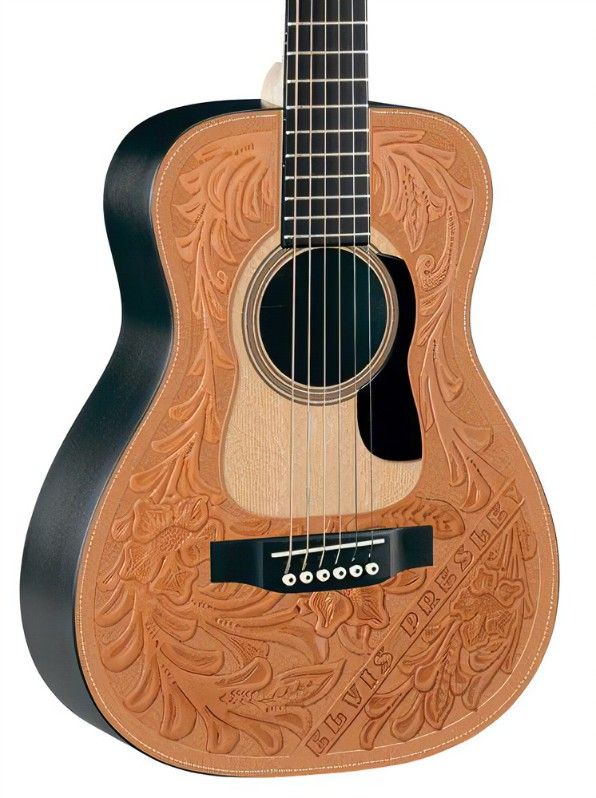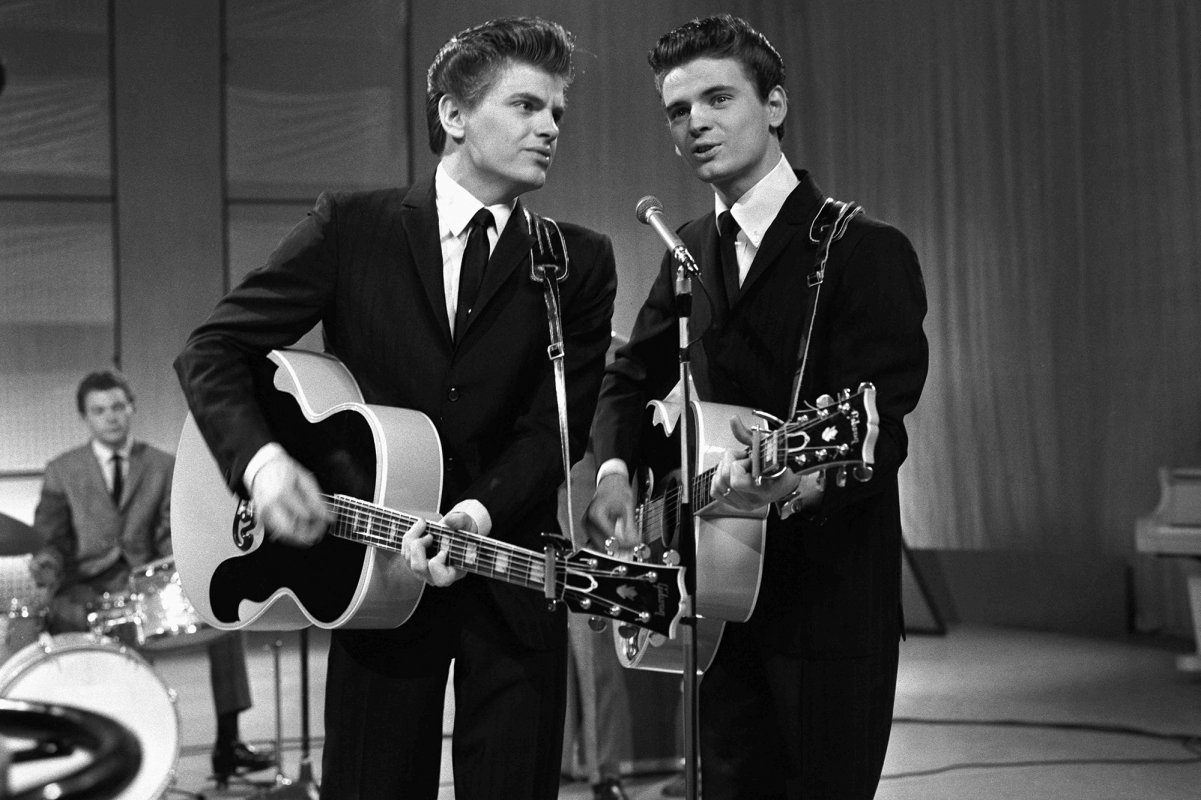Factory made guitars are NOT tuned by luthiers, at least in volume production facilities, and luthiers do not build the guitars. They are assembed by good, conscientious assembly workers, and they do a great job, but in the end, they follow the design. As in the top is planed/surface saed to a pre-determined thickness, the braces are cut to a particular size, and glued to a particular pattern. In the vast majority of cases, the guitars are not tuned or adjusted for a particular sound. The exception is some of the very high end models, or custom shop models, and that varies by brand. Factory built guitars will almost always have a pickguard.
Hand builders do tune a guitar top, in fact, they tune it a number of times. The top tuning starts with the bare spruce tops, and the thickness is adjusted to a particular tone. Then they put the braces on, and shave and shape braces until the get their desired tone. Then the tops are joined to the sides/back, and tuned again. Finally, the guitar has the finish applied, and a final top tuning is done. again Then the guitar is strung up, setup, and strings are put on, and the final tone is assessed. Most hand builders don't put pick guards on, and depending on the builder, may not offer one.
The factory guitars do not optimize the sound of the guitar to take individual wood characteristics into account, such as one flitch or batch of spruce being stiffer or less stiffer than the previous batch. Same goes for brace wood, or for the sound properties of the back sides. Hand builders do, its why the percentage of "really good to great" guitars coming out of a good hand builders shop is far higher than that of any factory, no matter how good the factory is.




